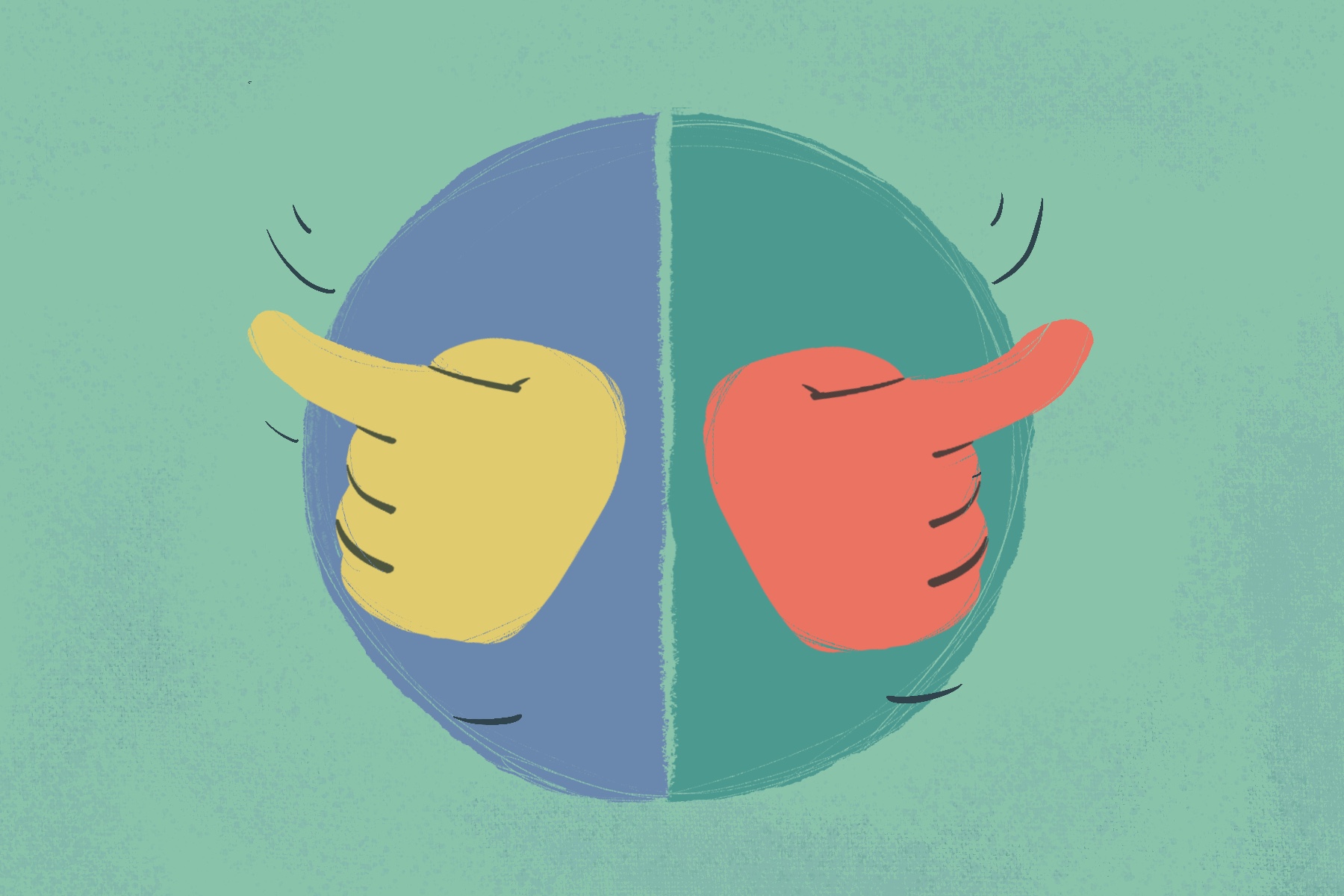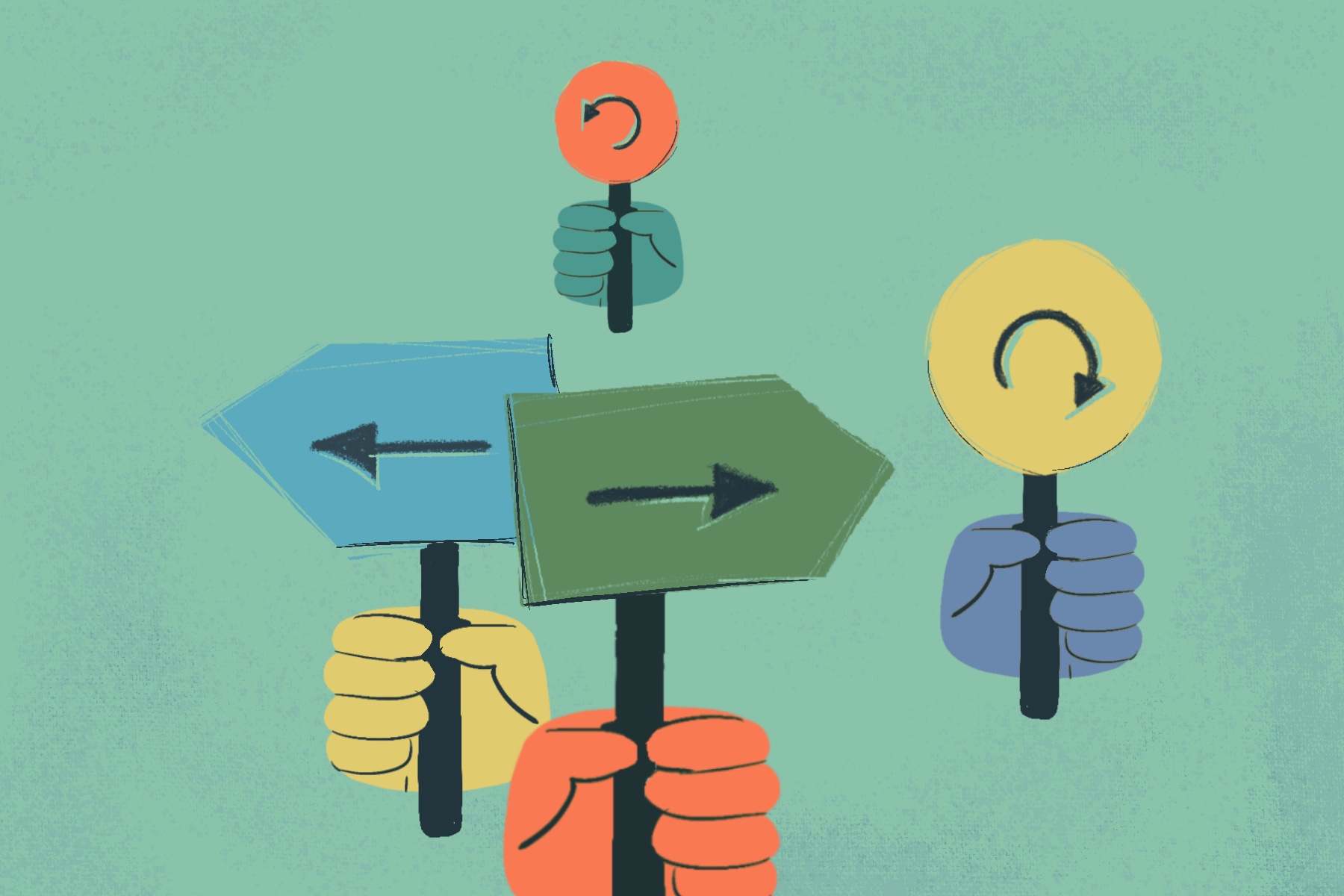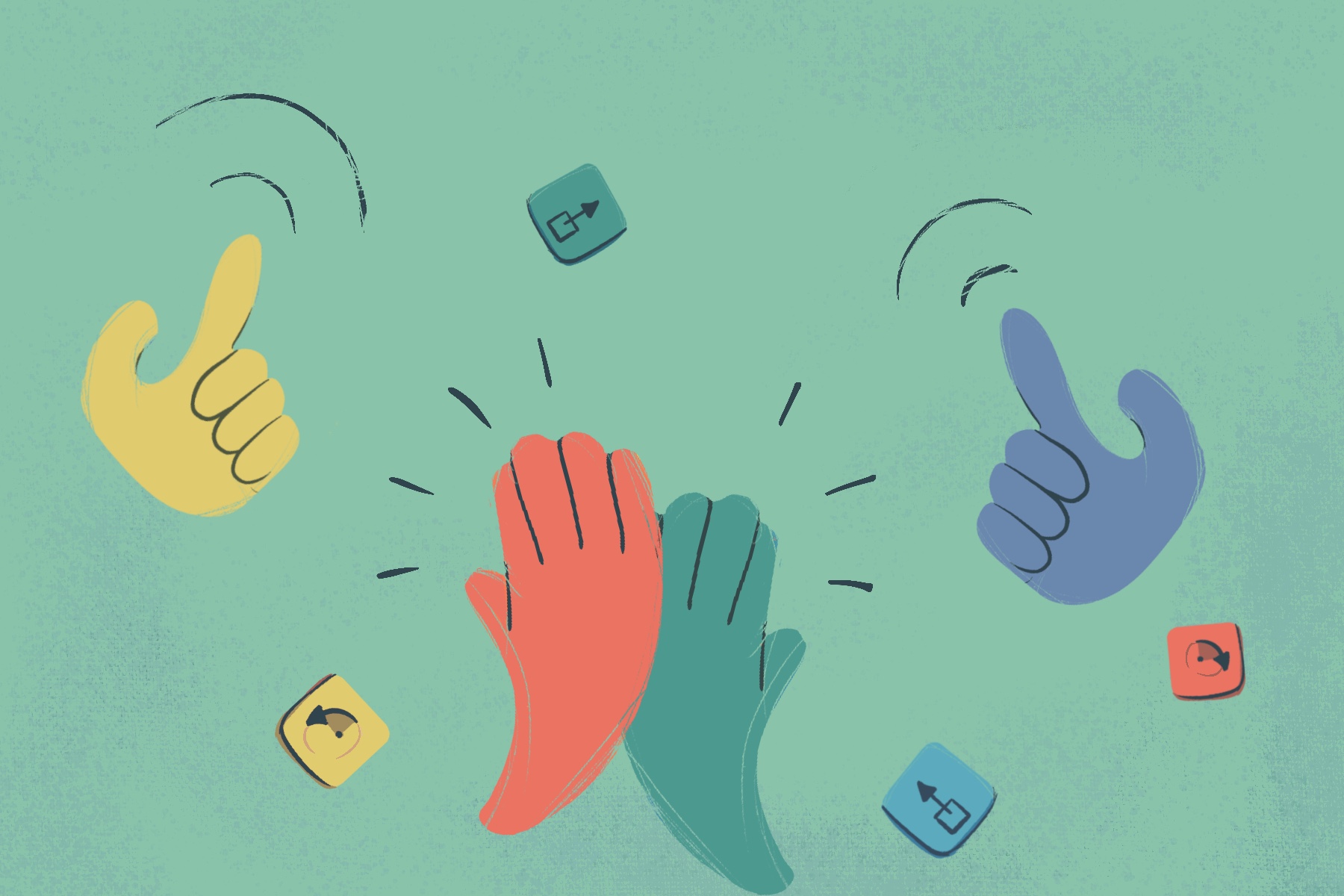
Directions anywhere, anytime
Unplugged Activity No Coding Experience Direction Based
What you need
Tools
Nail polish (optional), stickers (optional)
Skills
Basic understanding of sequencing vocabulary
Environment
Any
Support
Adult moderator and one or more learners
Description
Telling the difference between right and left can be difficult for many learners. Yet, this skill is one of the most basic concepts required in most coding environments.
In this activity, learners will start by learning directions on their own body and then, relate to objects on the left and right of their body. Finally, learners will relate to the position of one object in relation to another one. Repeating these activities help learners to become familiar with their directions in their immediate environment before moving into a virtual environment.
To practice learning about direction on our own bodies:
Create a list of activities you do from morning until evening.
Highlight activities that lend themselves to reinforcing left and right, such as getting dressed and pulling arms and legs through sleeves/pants, brushing teeth, setting the table and sitting on the couch, etc.
Talk to the learner about their directions during any of the highlighted activities throughout the day.
- Ask the learner which hand holds an item (such as clothing, toothbrush).
- Ask the learner whether an item (such as a knife or spoon) is on the left or right side of another item (such as a plate)
- Ask the learner where people are relative to the learner.
To learn about direction on our own body:
Play a game like “Simon says” using directions.
- Simon says "Raise your right hand”.
- Simon says "Shake your left leg”.
To practice learning about our body position in relation to objects outside our bodies:
- Place similar objects (these can be animals, shapes, etc.) on the floor to the left and right of the learner.
- Ask the learner to move to another spot using left and right (the circle on the left, the triangle on the right, etc.). You can also play Simon Says with this part of the activity.
To practice learning about the position of objects relative to one another:
- Draw a line down the middle of a piece of paper or a poster board.
- Place a pile of two different types of objects on the floor and ask the child to sort by placing one item on the left side and the other on the right side of the paper. For example, forks on the left and the knives on the right side, all the pigs on the left side, and the horses on the right side, etc.
Tips
- Build an association of colours with directions to provide learners with a visual representation for left and right. For example, use a different color nail polish on the left and right hand, place a different color sticker on the left and right hand, or using bracelets that are two distinct colors for the left and right wrist).
- Select activities that learners like and enjoy doing. Encourage learners to move freely and creatively (walk to, hop to, etc.) or use their favourite toys (coloured legos, stuffed animals, etc).
Skill Development
- Spatial
- Directional
- Pattern Recognition
- Gross motor
- Planning
- Social skills/communication
Level Up!
Try this activity in different environments, such as outdoor spaces, playgrounds, streets, and supermarkets.
- When driving, talk to them about turning right/left, or going straight.
- When in a supermarket, ask them about items on the right, left, front, and back shelves.
You may like this:

What are directions to me
Unplugged · No Coding Experience · Direction Based
This activity covers directions using our hands and feet.

Dancing to the beat
Unplugged · No Coding Experience · Direction Based
This moving activity helps learners practice directions.
